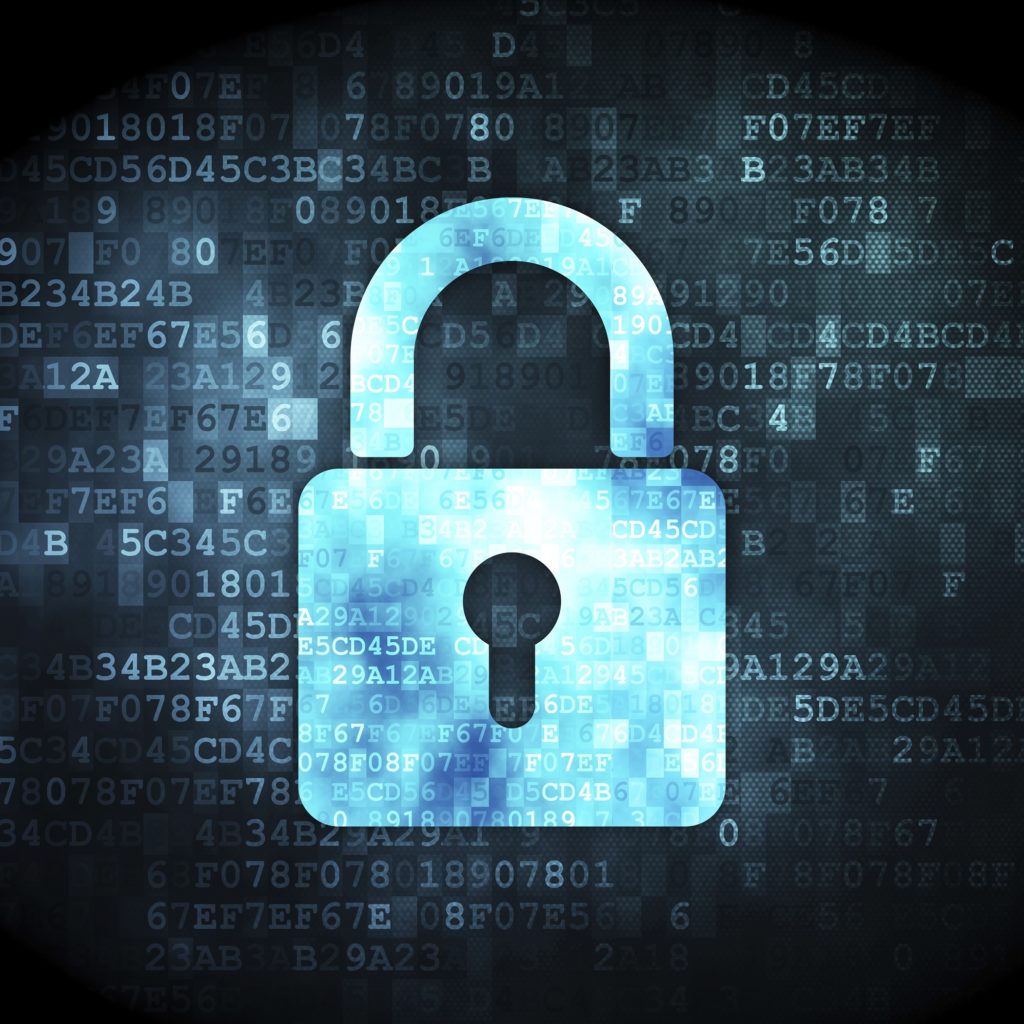Technology: 5 Ways to Safeguard Your Online Privacy
There are no fast fixes that will guarantee your online security, but here is a simple checklist that can help keep your data and your identity secure.
- Stay current on all software and OS updates. Updates appear frequently—always in response to some new vulnerability or malware. If you use Windows 10, go to “Settings” and then “Update & Security” to locate “Windows Update.” Turn on “Windows Defender” (unless you use a third-party antivirus program). When you’ve updated your computer and smart devices, check your browser. If you use Google Chrome or Firefox, turn on “Automatic Update” in “Settings.” Connect your iPhone or iPad to Wi-Fi, go to “Settings,” then “General” and finally “Software Update” to get updates. Android offers similar access. Authorize automatic updates through iTunes or via the App Store by activating the auto-update feature. Finally, check for updates to your Wi-Fi router and to any smart home devices like security systems or thermostat control.
- Use Encryption. If you weren’t sold on the power of encryption before, the FBI’s legal battle to unlock suspected terrorists’ iPhones should have made a believer out of you. Even the best and most determined experts usually find it impossible to access encryption-protected data. Add a password or fingerprint screen to lock and encrypt your iPhone or Android phone. Use password protection and encryption for your computer and/or laptop, and use a disk utility to encrypt any external drives you use.
- Make your passwords strong. Many sites insist that a password includes at least one capital letter and a number. Don’t use a birthday, street address or any other series of numbers that a cyber thief might obtain easily. Two-step authentication is always best. When you try to log in, you get a notification that someone is trying to log in to your account. Often the heads-up comes with a randomly generated passcode that you then must input to finish your log-in. Apple ID, Google, Facebook and many financial institutions offer a two-step process.
Even the best of us get lazy, but do create a different password for each site. If you do this, hackers can’t use a password they’ve stolen to unlock all of your other data. The safest way to keep track of multiple passwords is through a password manager program – the worst is to keep a printed list somewhere handy near your computer.
- Clear your browser data. This clears any passwords saved in your browser and probably means you will have to login to sites that used to “remember” you. When you’ve done this, activate “Do Not Track” in your browser settings, and install a program to identify and remove spy bots and trackers. If you are plagued by aggressive advertisers go to www.aboutads.info/choice. Review the list of more than 100 marketers listed there, and select those you want to remove.
- Find out which apps are tracking you. Apart from being a big drain on your phone’s battery, this is a major privacy issue. Go through “Settings” on your smart phone then look at “Privacy” on iPhone or “Apps” on Android to see which apps are accessing your data and/or tracking your movements. Turn off tracking access to those that have no benefit to you.
Being proactive is the key to keeping your privacy protected. Keep your software updated and use encryption and strong passwords. Cybercriminals look for easy targets; use all the tools available to you to avoid this fate.

